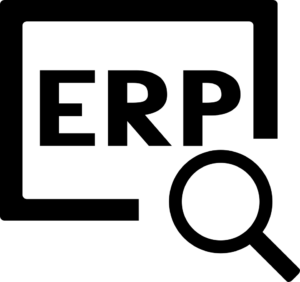How to build a lean organization with ERP
Xmplar
September 10, 2021

ERP can give you the foundational information framework to build a Lean & Flat organization. However, that is not all. Putting in place an ERP alone would not get you there.
What is a ‘lean and flat’ organization?
Lean and Flat organizations have fewer management levels, fewer job classifications and delegate a lot of decisions to workers. There are usually no job titles, seniority or the distinction between managers and executives. Essentially, line and staff separation does not exist in such organizations. This is possible when there is sufficient delegation of authority, with proportional responsibility. Decisions are faster and more proper, as they are taken by people on the scene, after looking at all available data. This means, there is more democratization of data, and nobody is allowed to ‘hoard’ data. Their authority is not derived from the data that they have, but from the value that they can add. A flat organization grows faster, as it makes sense of the business environment and gets on with suitable decisions at the right time.
However, Lean & Flat can work only in small and medium businesses. Even in such organizations, it may become necessary to introduce a structure as they grow beyond a certain size.
How can ERP help me if I wanted to go Lean and Flat?
ERP permits democratization of data possible. Everyone has access to most data except very sensitive or confidential data. This helps them take decisions on the spot, with fair knowledge and awareness of the context.
Since a Lean & Flat organization has no levels, decisions must be driven by the same set of data, without any distortion. Otherwise, chaos will result. A good ERP has in-built controls to preserve data integrity and consistency. Which ensures the above-said objective of driving decisions by the same set of data. Data consistency means that each user sees a consistent view of the data, including visible changes made by the user’s own transactions and transactions of other users. Data integrity refers to the reliability and trustworthiness of data throughout its lifecycle. It can describe the state of your data—e.g., valid or invalid—or the process of ensuring and preserving the validity and accuracy of data.
Thus, an ERP can give you the foundational information framework to build a Lean & Flat organization. However, that is not all. Putting in place an ERP alone would not get you there. As the owner/founder of or largest shareholder in the business, you have to consciously bring down levels, using the ERP backbone. It takes time and effort, but rest assured that the ERP will keep you off high water, should you move in that direction
